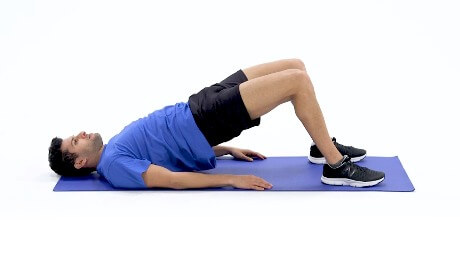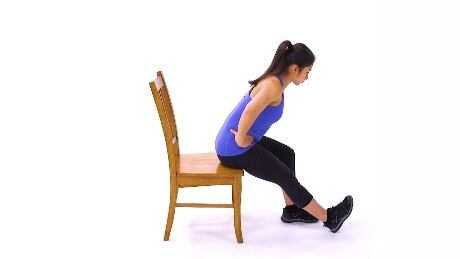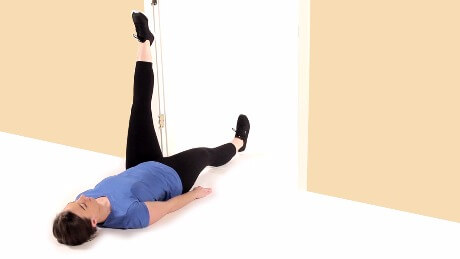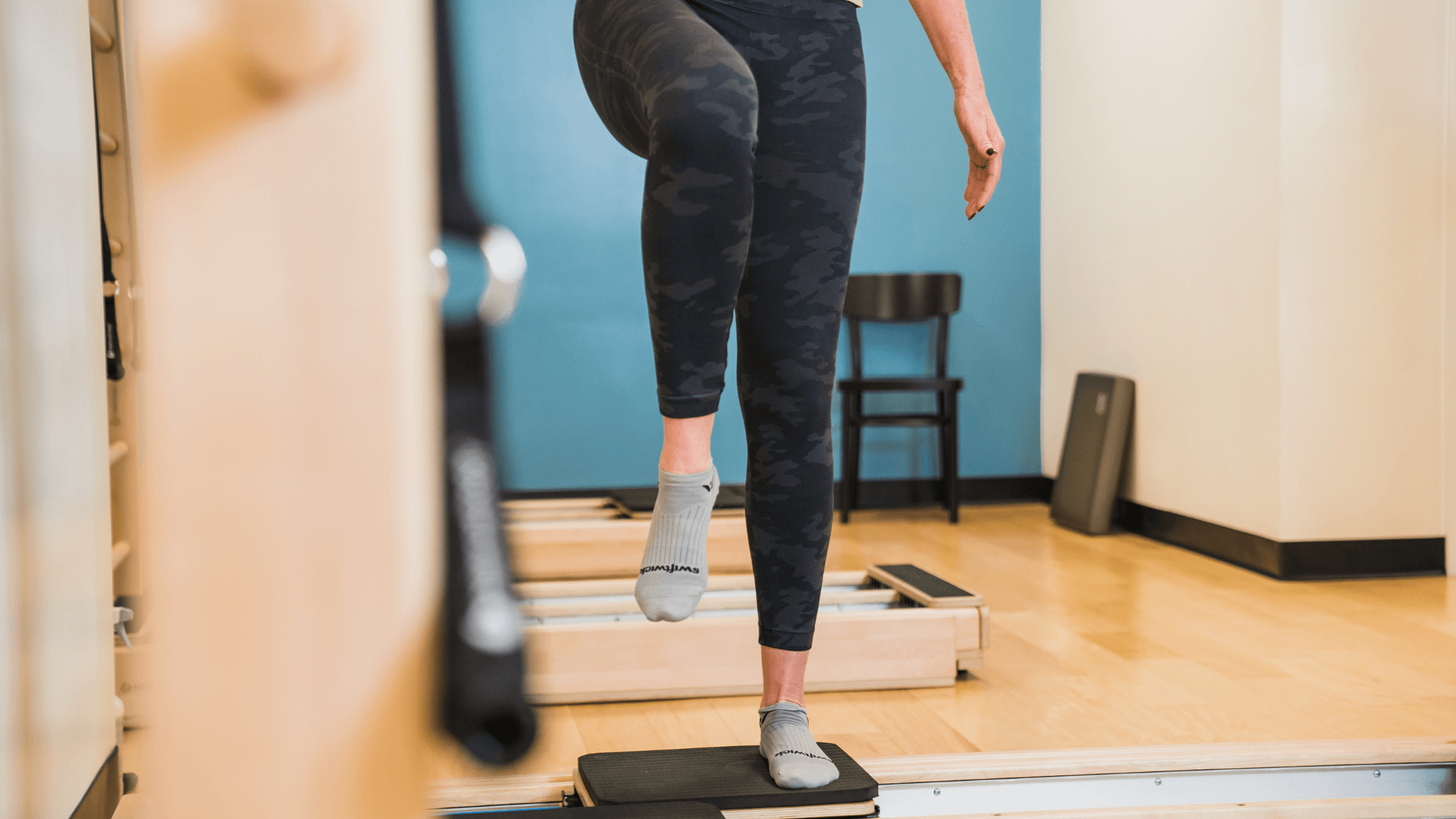Licensed Physical Therapist, PT, DPT // Lead EW Yoga Instructor // EW Pilates Instructor // EW Motion Therapy Homewood
Many people suffer from tight hamstrings, from athletes to desk workers. Hamstrings are large, powerful muscles, and when they are tight, they can significantly affect how you move. So what can you do about it? How can you stretch your hamstrings and keep them from tightening up again?
When our patients at EW Motion Therapy come in with tight hamstrings, we assure them that it is prevalent and give them some practical exercises to create flexibility and build strength where it is needed. Our ultimate goal is to provide our patients with valuable tools they can use when they feel tight so they can move and feel better. Even if you choose not to come to us for your therapy, we still want to advise how to keep your hamstrings flexible.
This article discusses what causes tight hamstrings, how they can affect your functional movement, and how physical therapy can help. With this information, you can feel prepared to take care of your tight hamstrings for whatever your day holds.
What causes tight hamstrings?
Many people may not realize that a lack of activity, as well as overactivity, can cause hamstring tightness. Most of us sit for most of our day, even from elementary school age, which can cause our hamstrings to shorten and feel tight. Also, doing dynamic activities that involve a lot of stopping and starting while running or sprinting, like soccer and basketball, can cause tightness because of the increased hamstring activation.
Some conditions can cause hamstring tightness as well. People with less flexible joint systems tend to experience more tightness. Also, some neurological disorders affect the nerves, which in turn affect the muscles, like cerebral palsy.
How does hamstring tightness affect functional movement?
There are a number of ways hamstring tightness can affect functional movement. Tight hamstrings can limit proper form when lifting, which can lead to low back pain. They can limit your ability to bend over forward, like when you pick something up off the floor. They can even affect balance in some cases. Also, some people can experience hip and knee pain and foot conditions like plantar fasciitis from hamstring tightness.
If you are experiencing these symptoms, it is always a good idea to talk to your doctor first to rule out any more complex conditions that may involve a hamstring injury. For these conditions, sometimes a diagnostic approach is needed.
How can physical therapy help?
When you see a physical therapist for hamstring tightness, they will talk with you to figure out what might be causing the issue. They will primarily identify whether your tightness is structural (due to body type or genetics) or functional (from a lack of activity/overactivity). If your tightness is structural, your therapist will teach you management strategies that may involve soft tissue techniques (massage or rolling). Suppose they determine your tightness is functional. In that case, they will usually focus on stretching, strengthening, and soft tissue management. You may also need to modify your current activity. They may look at your running form and check your shoes while going over healthy warm-up and cool-down activities.
Your therapist will also assign some exercises for you to do at home. Here are a few examples of some stretches and stability work you may be given. Discuss whether it is safe for you to do these exercises with your doctor, and always exercise caution.
Supine Bridge: For strengthening hamstrings, begin lying on your back with your arms resting at your sides, your legs bent at the knees and your feet flat on the ground. Tighten your abdominals and slowly lift your hips off the floor into a bridge position, keeping your back straight. Make sure to keep your trunk stiff throughout the exercise and your arms flat on the floor.


Supine Hamstring Stretch with Doorway: Begin lying on your back in a doorway with your hips next to the doorframe. Keeping your leg straight, raise your heel up onto the doorframe until you feel a gentle stretch in the back of your leg. Hold this position. Make sure to keep breathing evenly and do not lock your knee during the stretch.

How else should I manage hamstring tightness?
Now you know more about tight hamstrings and how physical therapy can help. When trying to make a change in your body, consistency is critical. Whether you incorporate a stretching regimen into your routine or begin a new yoga or Pilates practice, devoting your time and energy to it is the best way to promote good outcomes. It may take a while to see the results you want, but you give yourself the best chance at success if you stick with your routine.
Our physical therapists at EW Motion Therapy work with tight hamstrings often, and we try to work on whatever is causing the muscle tightness in our sessions. We also give our patients exercises so they can continue to improve outside of the clinic. If you are interested in physical therapy with us, fill out the Request an Appointment form on our website, and someone from our staff will contact you within 48 hours with your next steps.



